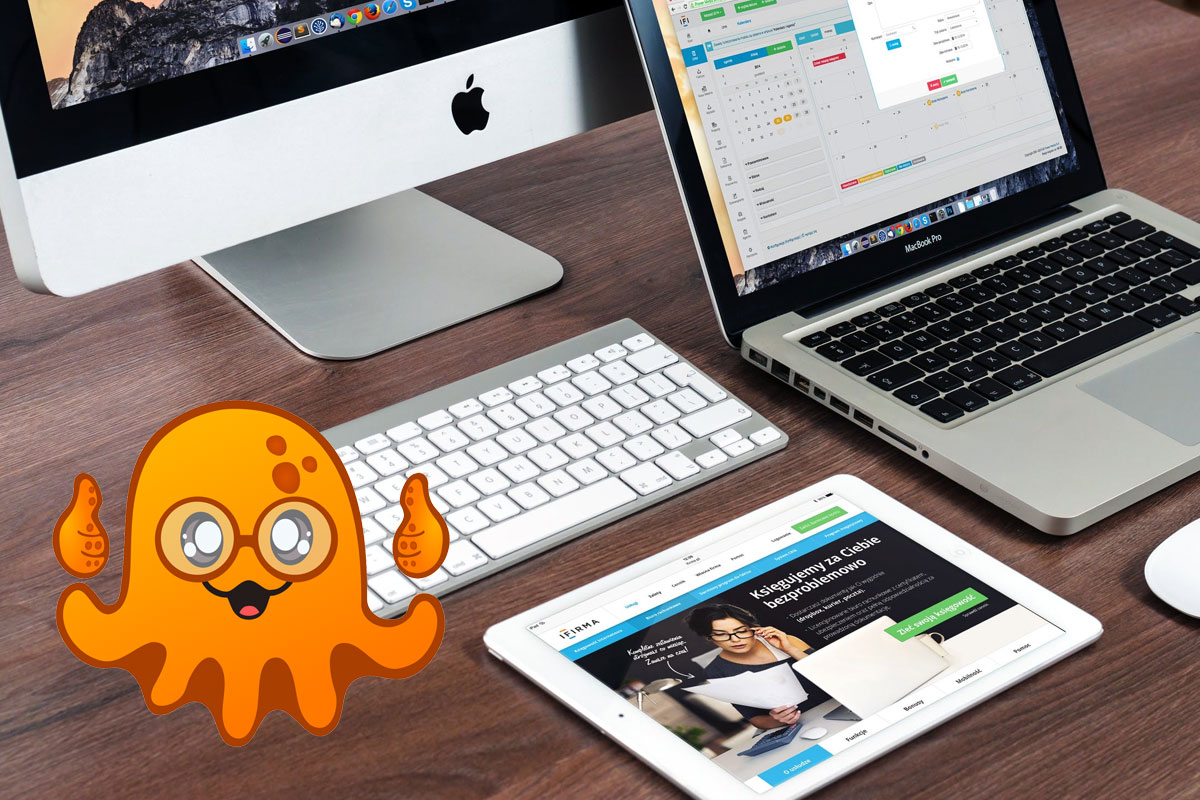Your website says a lot about who you are as a business, and you want it to represent it well. Learn more about the 10 most basic principles of good website design and make sure your site adheres to them for the best chances of online success.
Did you know that there are more than 27 million small businesses in the United States? That means that as a small business owner, you are up against a lot of competition.
And in today's online world, your web presence is more important than ever. A strong, impactful website is crucial!
But it can be hard to know how to create the most effective site possible.
That's why we've gathered the top 10 basic principles of good website design that will set you up for success.
1. Have a Purpose
The first step in creating an effective website is to consider your purpose.
Are you an e-commerce site that sells products online? Are you a company with a more expensive product that utilizes a months-long sales cycle? Or do you sell services that are only offered in person?
The way you answer affects the type of site you should create. Every page of your site should have a purpose. Each page should also have an end goal in mind.
When your user visits your pricing page, you would want them to then fill out the purchase form. If they are on your about us page, you want to provide interesting and applicable company information in order to build trust.
Get in the habit of always asking this before adding a new page. It will make your site much more effective.
2. Make it Mobile Friendly
A recent study found that 80% of adult internet users own a smartphone. This means that people are using their phones to browse the web often.
So if your site isn't mobile-friendly, you're losing out on potential business. But if you're not a web developer, it can seem daunting to make your site work well on every screen.
One way to get around this is to make your site responsive. This means that it will automatically resize to fit any size screen, from desktops to tablets to any size smartphone. What a relief!
A responsive site means great results for your users but also good news for you because you don't have to do a bunch of extra coding behind the scenes.
3. Utilize High-Quality Photos: Another Good Website Design Tip
High-quality images are powerful. One study found that online posts that included images received 650% higher engagement than text-only posts.
This is why it's crucial to have interesting, relevant, and high-resolution photos on your site. This is especially true for any business that sells physical products.
You want your visitors to be able to zoom in and check out the products from many different angles. And make sure your images aren't blurry.
If you don't have physical products, feature nice images of people using your services. Stock photos are a good place to start--just make sure they aren't ones that are overused.
4. Make Your Forms Simpler
Forms are a common feature on most websites these days. These often include sales forms, registration forms, subscription forms, or forms to receive a call from a customer service representative.
No matter the functionality, one theme remains true across all of these options: your forms should be simple to fill out. The last thing you need is people abandoning your forms because they are too long or confusing.
Find a balance between getting the information you need and keeping it short and sweet. One simple way to accomplish this is to make the most important fields required while leaving the rest optional.
For example, would it be nice to have your prospect's job title? While it would be nice, it's not as important as their email address or phone number. Make the title field optional then. This will help your form conversions increase.
5. Use White Space to Your Advantage
One of the biggest mistakes web designers make is overloading their pages. It's easy to understand why--you want to include as much information as possible to help your readers.
But having too much going on is actually counterproductive. It's better to spread your information out over multiple pages. Have each page only focus on one goal.
However, this can be easier said than done. But guess what? We have a team of web design professionals ready to help.
Want to learn more? Check out our design packages.
6. Have a Strong About Us Page
As mentioned earlier, a good about us page can really grow trust between you and your visitors. When someone clicks on this page, they want to see if you're worth doing business with.
Include information such as who you are, what you do, how long you've been in business, and why you love it.
Also include certifications, reviews, and information about your training.
7. Speed Things Up
If your site is slow, people will bounce. This means when they get to your site, they immediately leave.
Google watches this and takes it into consideration when displaying search results. Faster pages will rank higher on Google. It's that simple!
There are lots of tools out there that will help you know how to make this happen.
8. Feature Reviews and Social Proof
When it comes to your company, people want to hear from someone else other than you. They want to hear reviews and success stories from previous consumers.
Without it, it's hard for many users to buy. So you should do everything you can to gather testimonials from your customers. Also encourage your consumers to leave reviews on Google, Facebook, and Yelp (if applicable).
9. Keep Your Fonts Simple
Here's the thing. A beautiful font can look great but be super hard to read. That's why the biggest thing you should consider with fonts is readability.
Also, don't overdo it with too many font families. At most, your site should have 3 fonts total.
10. Make Your Menus Clear
Think about your users when designing your menus and make things super clear. Do everything you can to make sure they don't get lost while browsing your website.
To make this happen, have a consistent menu bar on every page. And instead of having it be super long, utilize sub-menus in drop-down boxes so that things are easy to use.
What's Next?
Now that you've read through these tips about good website design, it's time to get started! Pick your favorites and try them out.
Or if you want some help designing your site, contact us! We are here to help.




 View Printer Friendly Version
View Printer Friendly Version







